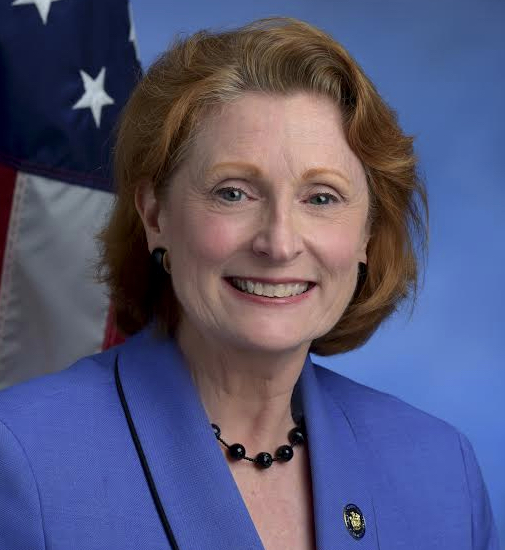Simon says, ‘give communities a say in development’
In Public Service: Assemblymember Seeks Moratorium

Assemblymember Jo Anne Simon has a long history as a community leader in Boerum Hill. Photo courtesy of Assemblymember Simon’s Office
If Assemblymember Jo Anne Simon had her way, there would be a more enhanced ferry service at Brooklyn Bridge Park. “I personally never liked the idea of housing there. I wanted a ferry terminal there,” she said.
“I lost that battle a long time ago,” she candidly told the Brooklyn Eagle.

Brooklyn Boro
View MoreNew York City’s most populous borough, Brooklyn, is home to nearly 2.6 million residents. If Brooklyn were an independent city it would be the fourth largest city in the United States. While Brooklyn has become the epitome of ‘cool and hip’ in recent years, for those that were born here, raised families here and improved communities over the years, Brooklyn has never been ‘uncool’.